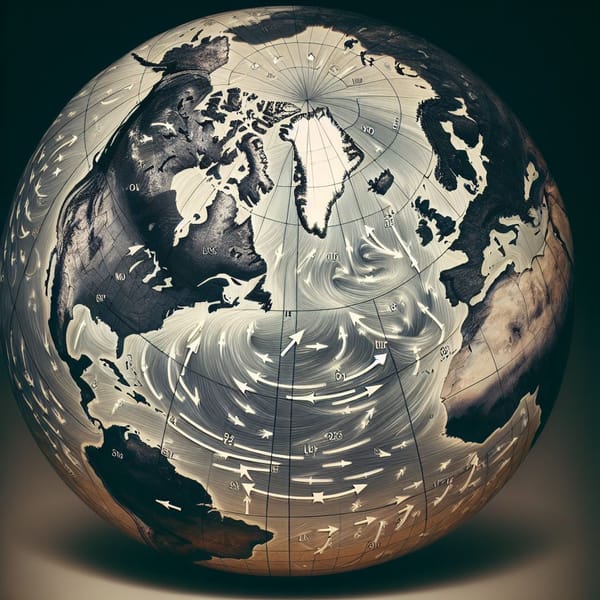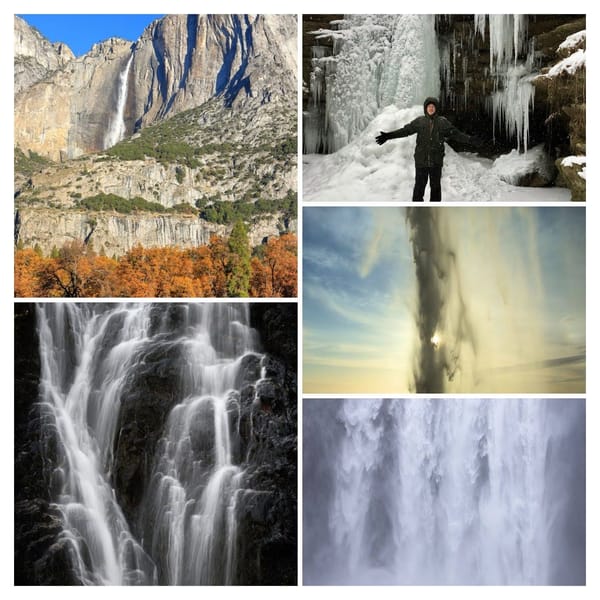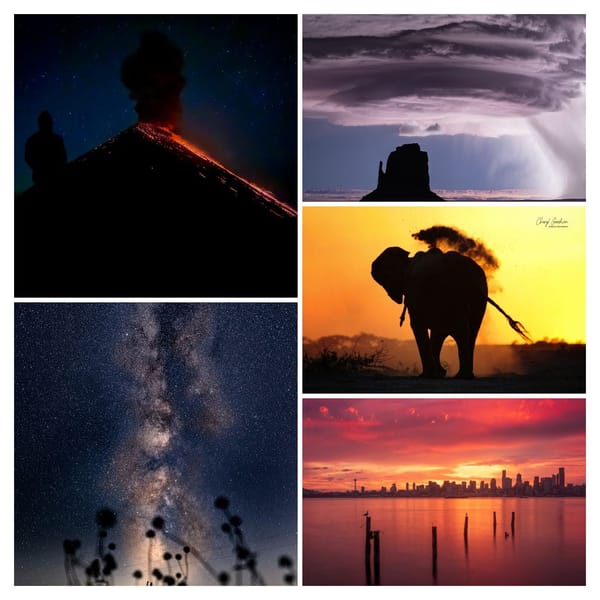This Day in Weather History ~ May 11th 1934 - Black Sunday
Black Sunday: The Severe Dust Storm That Ravaged the Great Plains

May 11, 1934, was known as "Black Sunday" across the Great Plains. During the Dust Bowl era, a severe dust storm devastated the region, plunging it into an environmental and agricultural crisis.
The Dust Bowl and Its Causes: Both natural and human factors contributed to the Dust Bowl. Long-term droughts, over-cultivation, overgrazing, and the removal of native grasses all contributed to a vulnerable landscape. As the topsoil dried, it turned into fine dust that quickly became airborne, triggering devastating dust storms.
The Arrival of Black Sunday: May 11, 1934, began like any other day on the Plains. Then, however, a massive dust storm gathered momentum, sweeping across the region with unprecedented force, plunging entire communities into darkness and leaving a trail of destruction in its wake. The severity of the storm earned it the infamous moniker "Black Sunday."
The Devastation Unleashed: As the dust storm intensified, powerful winds, reaching speeds of up to 60 miles per hour, whipped up massive clouds of choking dust, reducing visibility to near zero. The dense dust infiltrated homes, covering furniture, seeping through cracks, and making the air unbreathable. People desperately sought shelter, clutching wet cloths to their faces to filter the suffocating air.
The aftermath of Black Sunday was devastating. The thick layer of dust settled on crops, rendering them lifeless. The once fertile land was stripped of its productivity, leaving farmers in despair. The storm caused irreparable damage to infrastructure, with roads buried under mountains of dust and power lines destroyed. Livestock was placed in great danger as the dust infiltrated barns and stables, endangering their well-being.
Impact on the Great Depression: The Dust Bowl and events like Black Sunday occurred against the backdrop of the Great Depression, compounding the economic hardships faced by the region. Farmers, already struggling with falling crop prices and debt, now faced the loss of their livelihoods. As a result, many were forced to abandon their land and migrate in search of work, adding to the waves of displaced families during this challenging time.
Long-Term Consequences and Lessons Learned: The Devastation caused by Black Sunday and the Dust Bowl as a whole led to a profound shift in land management practices. Recognizing the need for conservation and soil preservation, the United States government implemented programs such as the Soil Conservation Service (now known as the Natural Resources Conservation Service) to promote sustainable farming practices and combat erosion.





